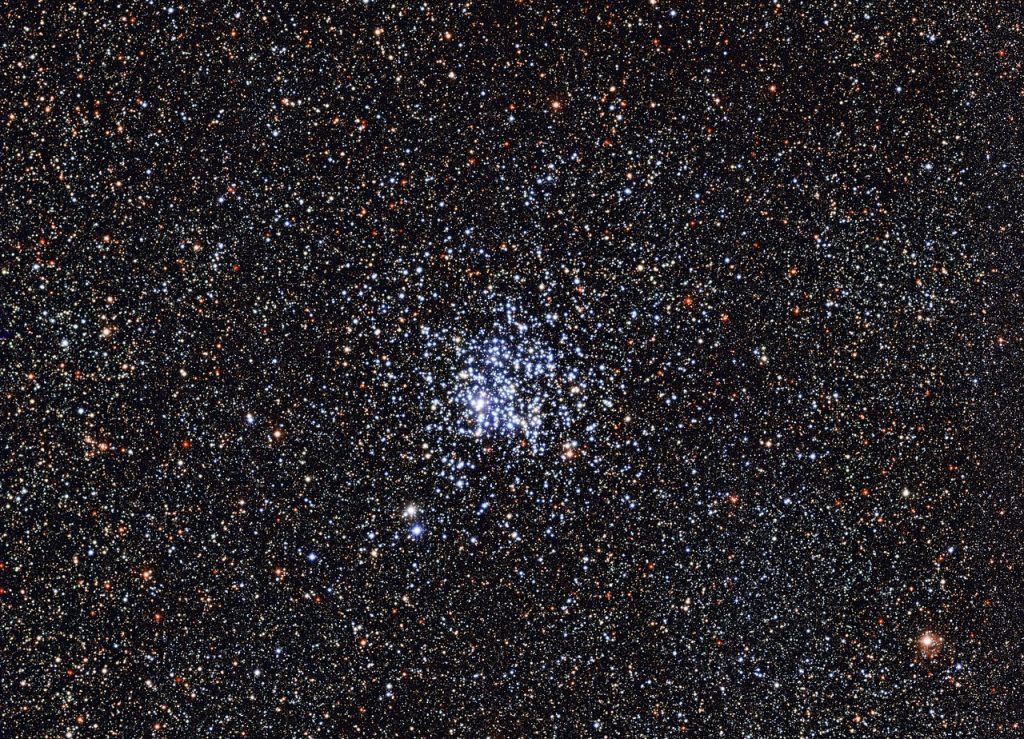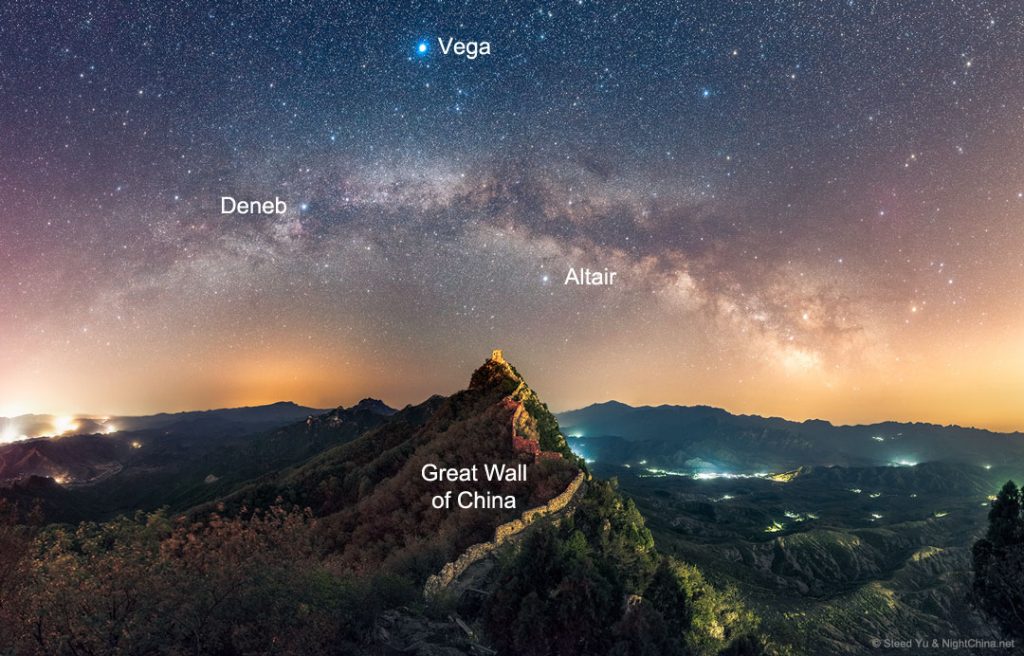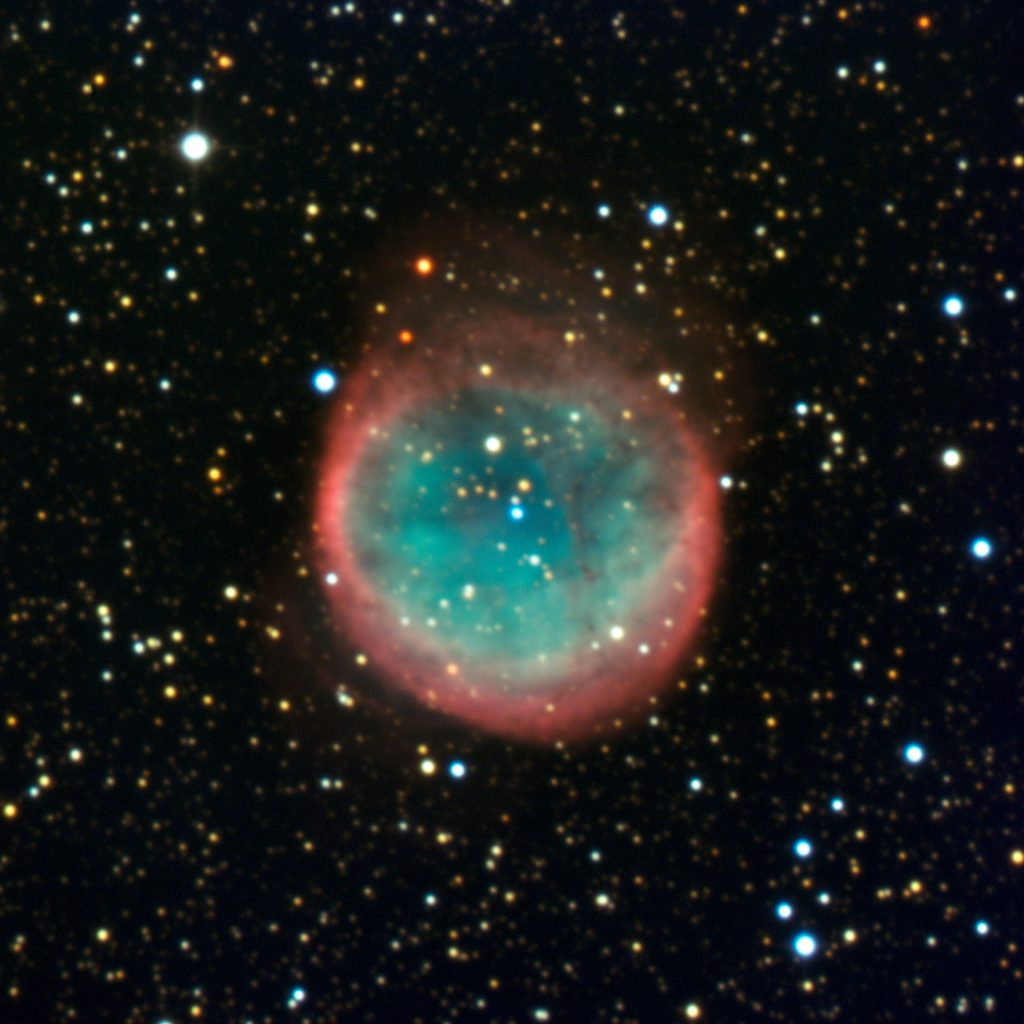Morning Moon with Planets, a Spotted Saturn, and Starry Nights with Smoke and Meteors!
The Astrospheric app forest fire smoke distribution map across North America for Sunday night, July 28, 2024. Purple and red indicate the most severe smoke loading in the sky overhead. Many weather forecasts will predict clear, cloudless skies – but observers and imagers will find the fainter celestial objects significantly dimmed. I highly recommend the…
Read more




